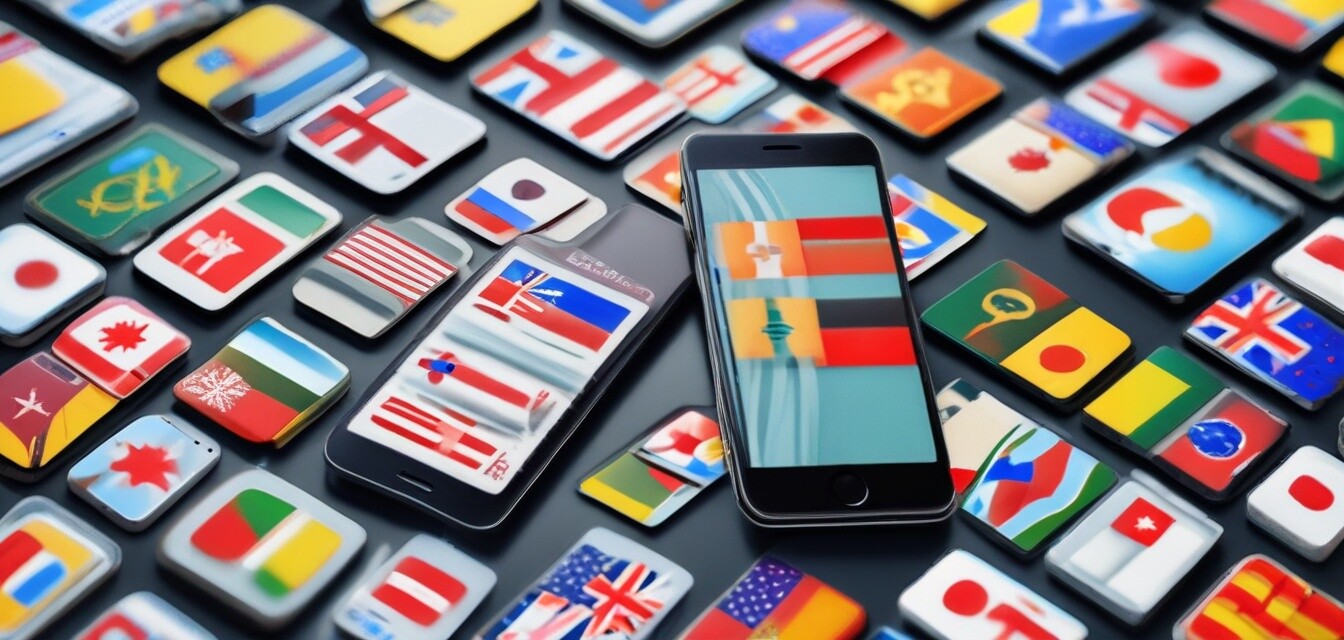
Configuring Your Phone for Overseas SIM Cards
Key Takeaways
- Understand the differences between domestic and overseas SIM cards.
- Adjust your phone settings for optimal connectivity when using a foreign SIM card.
- Know how to troubleshoot common connectivity issues while traveling.
- Learn tips for switching between SIM cards smoothly to avoid interruptions.
- Explore best practices to manage your data usage while abroad.
Traveling abroad can be an exciting adventure, but it can also pose challenges, especially when it comes to staying connected. Configuring your mobile phone to work with overseas SIM cards is an essential step to ensure seamless communication. In this guide, we'll explore how to set up your phone effectively, so you can enjoy your travels without the hassle of connectivity issues.
Understanding Overseas SIM Cards
Overseas SIM cards allow travelers to access local networks, often at more affordable rates than international roaming charges. These SIM cards can differ significantly from standard domestic ones. By understanding how they function, you can better configure your device for optimal performance.
Why Use Overseas SIM Cards?
- Cost-effective: Avoid hefty roaming fees.
- Local Rates: Enjoy calls and data at local rates.
- Better Coverage: Access reliable network coverage in your destination.
Configuring Your Phone
Below are the steps to configure your mobile phone settings for overseas SIM cards effectively.
Step 1: Unlock Your Phone
Before you travel, ensure that your phone is unlocked. Most carriers lock their phones to their network, which prevents using a different SIM. Contact your provider for unlocking instructions.
Step 2: Insert the New SIM Card
Once you arrive at your destination, remove your domestic SIM card and insert the overseas one. Make sure to do this in a safe location to avoid damaging the cards.
Step 3: Adjust Network Settings
| Phone Type | Settings Location | Action |
|---|---|---|
| Android | Settings > Network & Internet > Mobile Network | Select your new carrier, and ensure "Data Roaming" is enabled. |
| iPhone | Settings > Cellular > Cellular Data Options | Switch to your new network, and enable "Data Roaming" if necessary. |
Troubleshooting Common Issues
Here are some common issues travelers face when using overseas SIM cards and how to resolve them:
- No service: Restart your phone or check if you need to select the local carrier manually.
- Slow data speeds: Check your data plan and ensure you're within coverage zone.
- Incorrect APN settings: Consult the SIM card provider for the correct Access Point Name configurations.
Managing Your Data Usage
While abroad, it's essential to monitor your data usage to avoid going over plan limits. Here are some tips:
- Download offline maps and music before you travel.
- Limit video streaming and large downloads while on mobile data.
- Use Wi-Fi whenever possible for updates and larger data transfers.
Tips for Smooth SIM Switching
- Keep your domestic SIM card in a safe case or pouch.
- Label your SIM cards to avoid confusion.
- Consider a SIM card organizer for multiple cards.
Conclusion
Configuring your phone for overseas SIM cards doesn’t have to be a daunting task. By following these steps, you can effortlessly stay connected while traveling abroad. Remember, proper preparation and understanding of your device settings can elevate your travel experience. Don't forget to check out our Buying Guides for more useful tips, and ensure that you have the right SIM card options for your journey.
Pros
- Cost savings on data and calls.
- Improved local connectivity.
- Less hassle with roaming fees.
Cons
- Potential compatibility issues.
- Need to manage multiple SIM cards.
- Limited customer support abroad.
For more tips on staying connected while traveling, explore our sections on SIM cards with prepaid minutes and trending connectivity news. Your next adventure awaits, and with the right preparation, you can stay connected effortlessly!